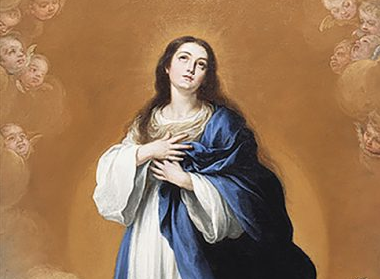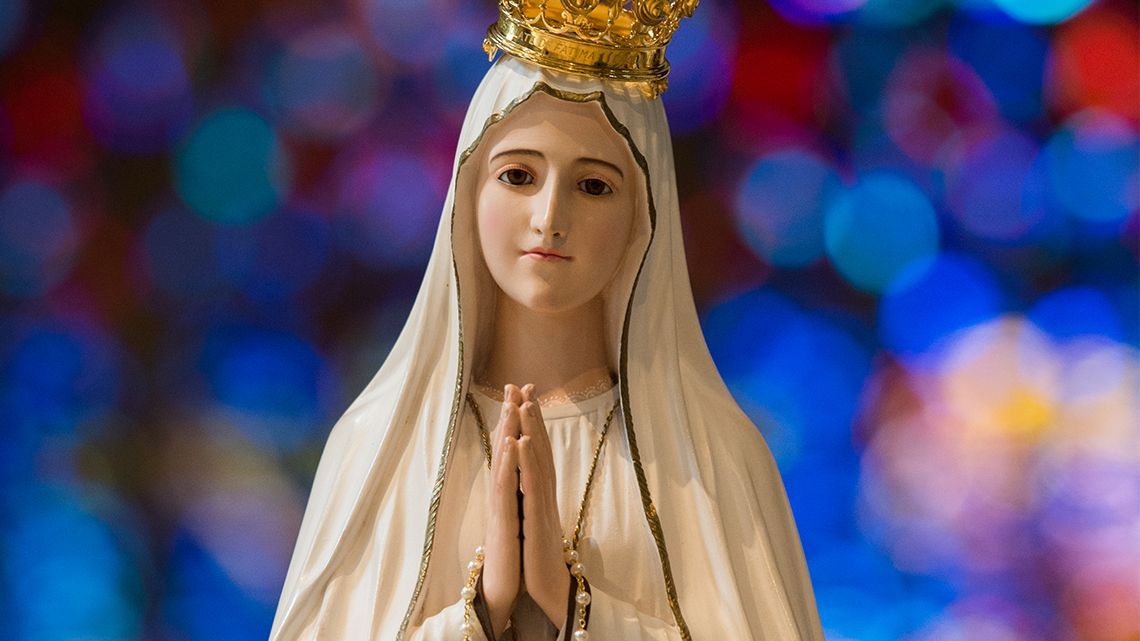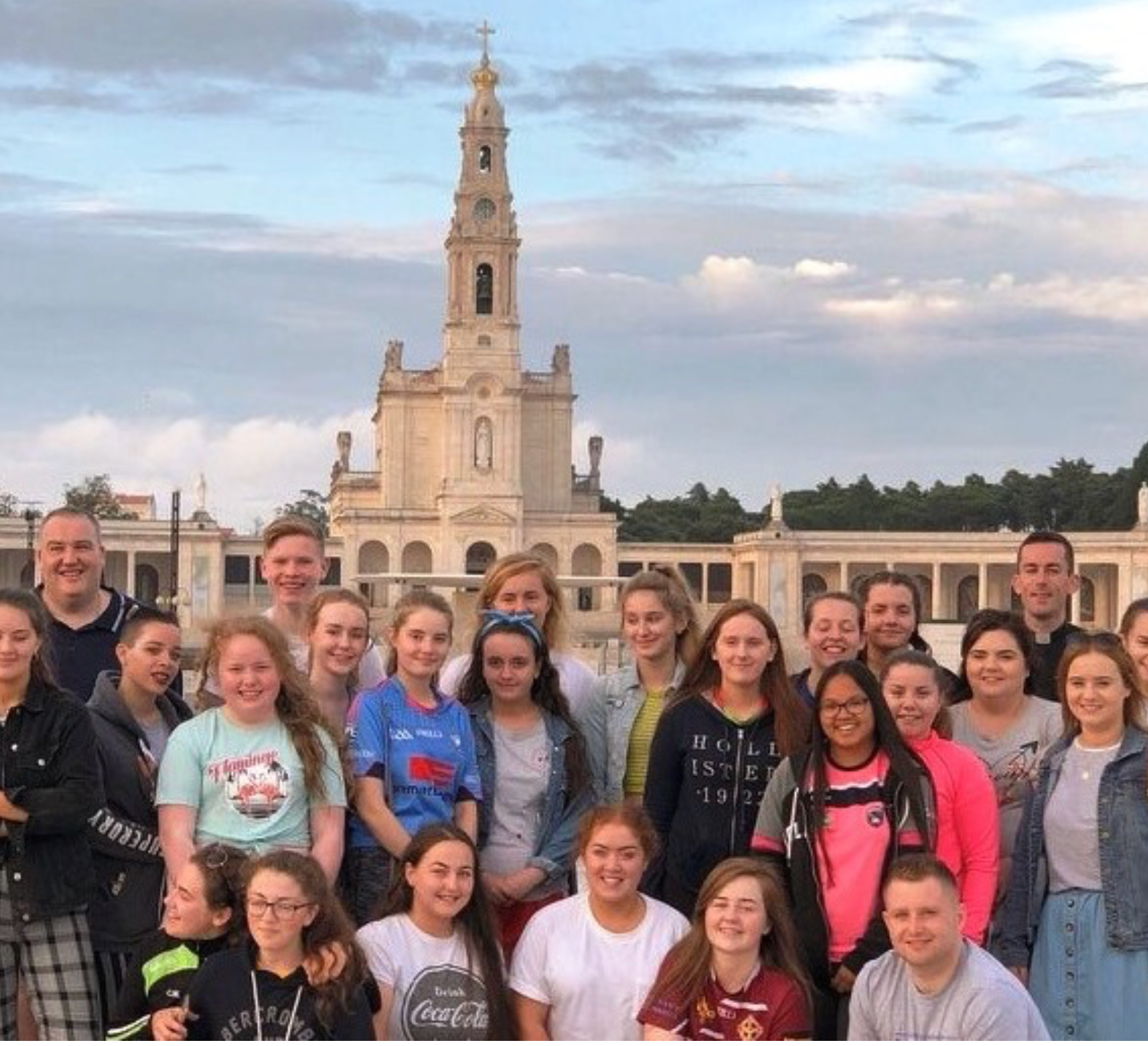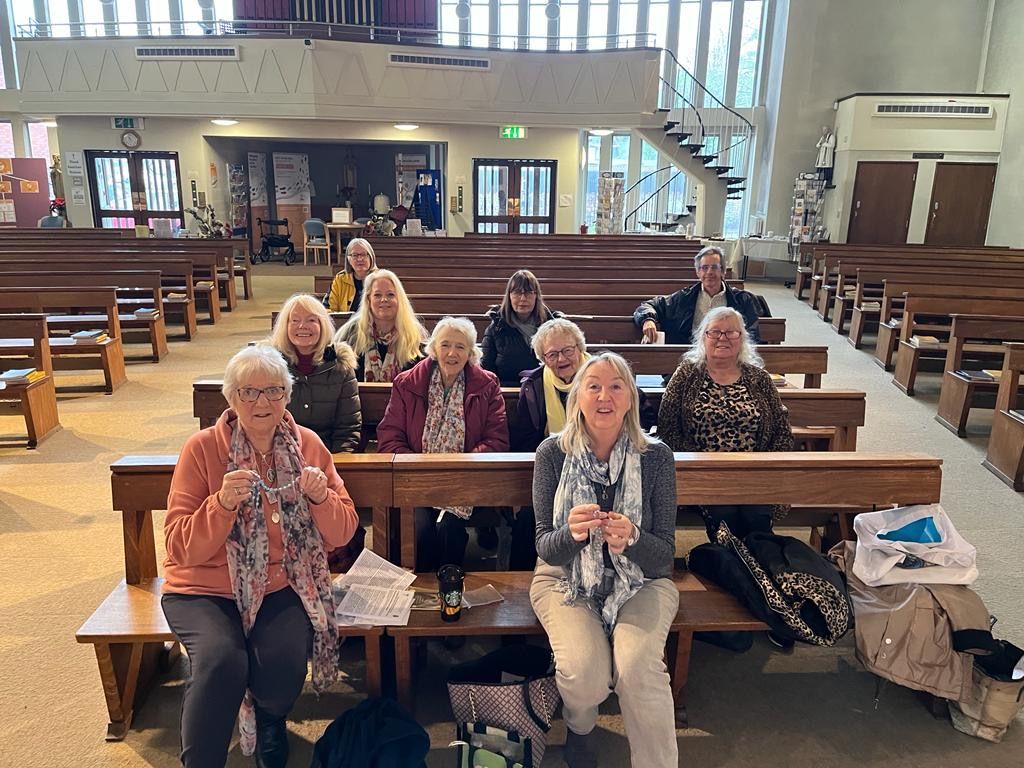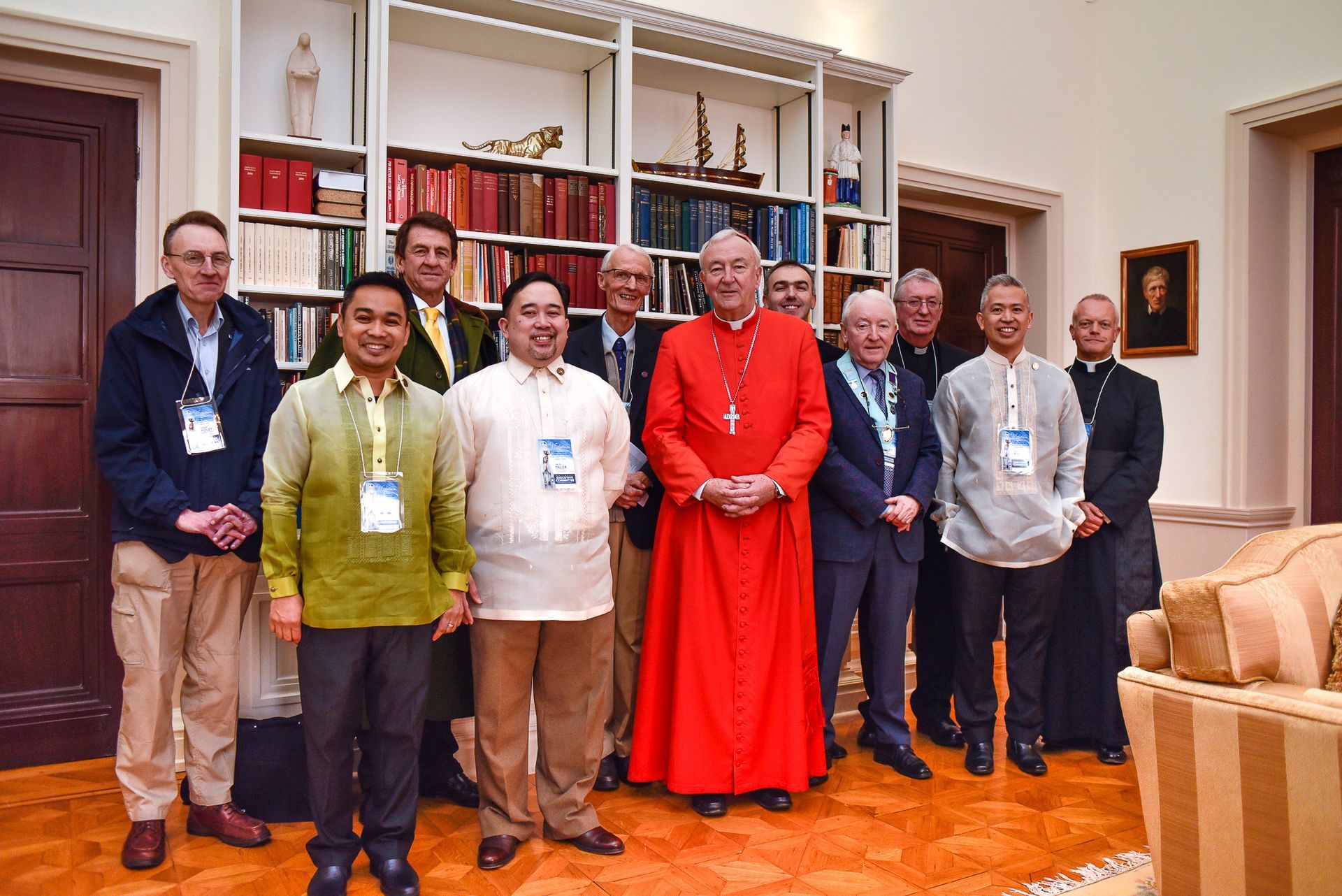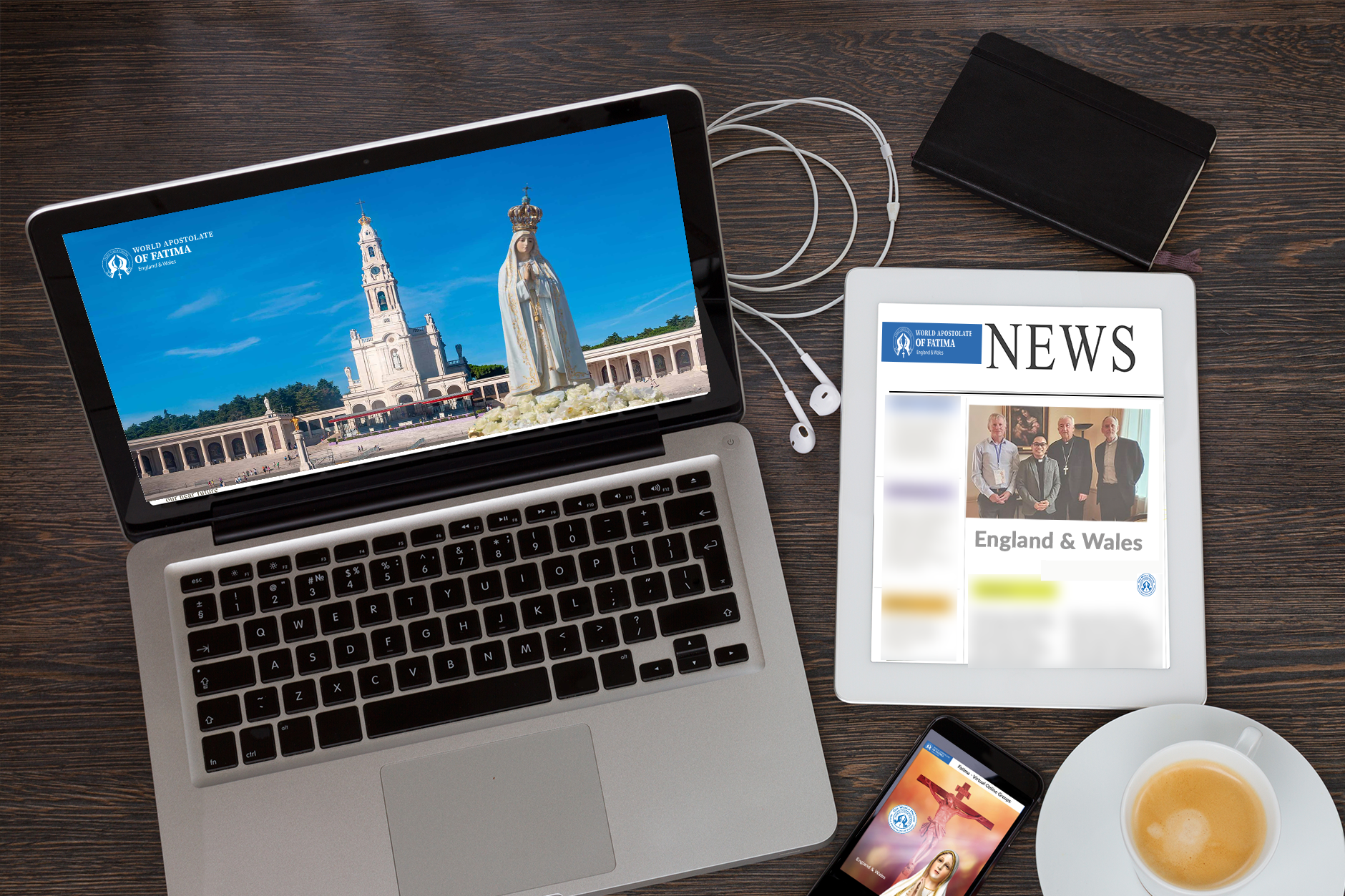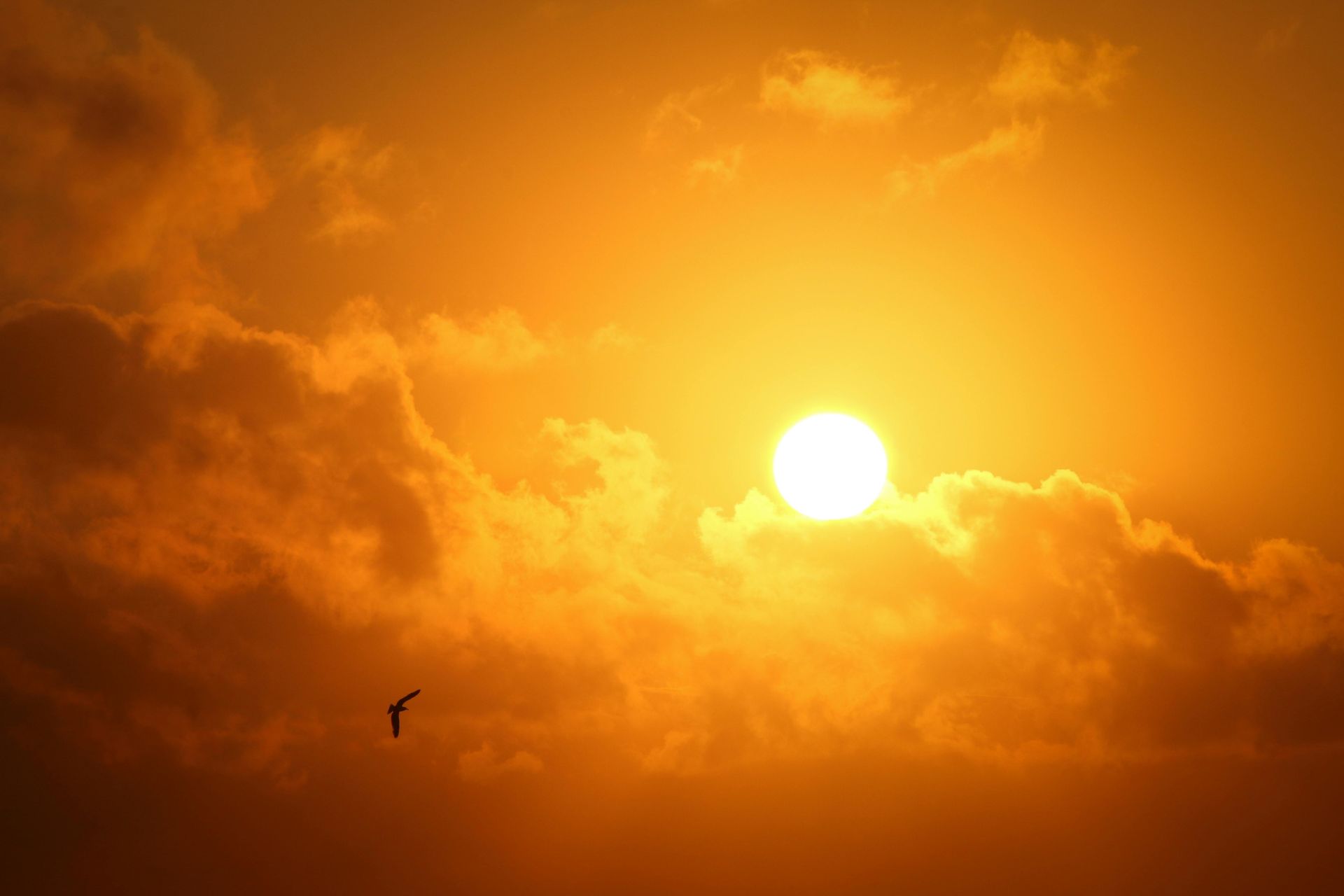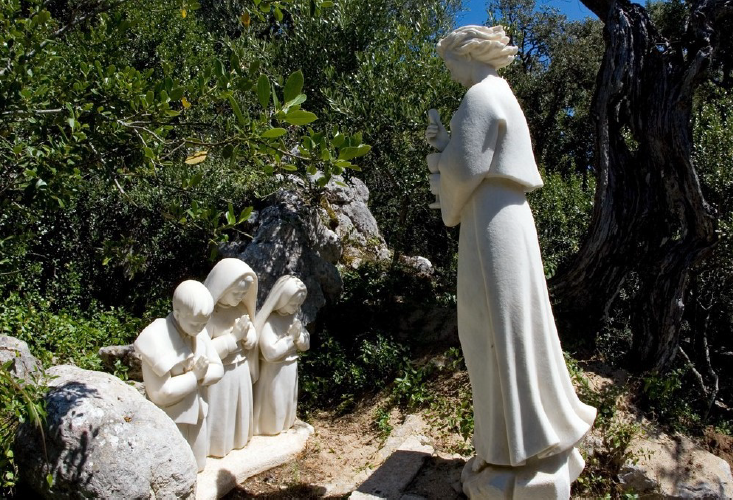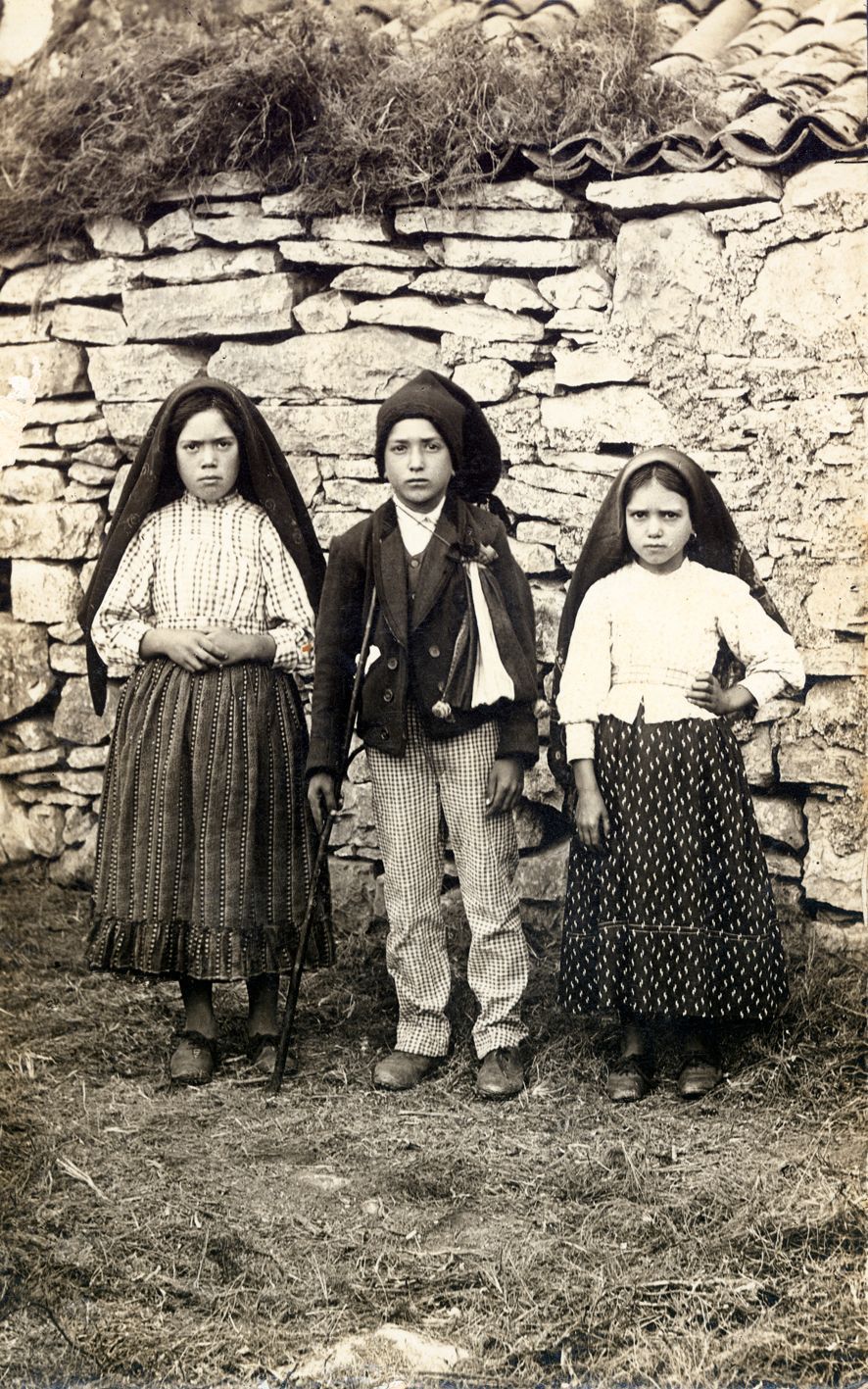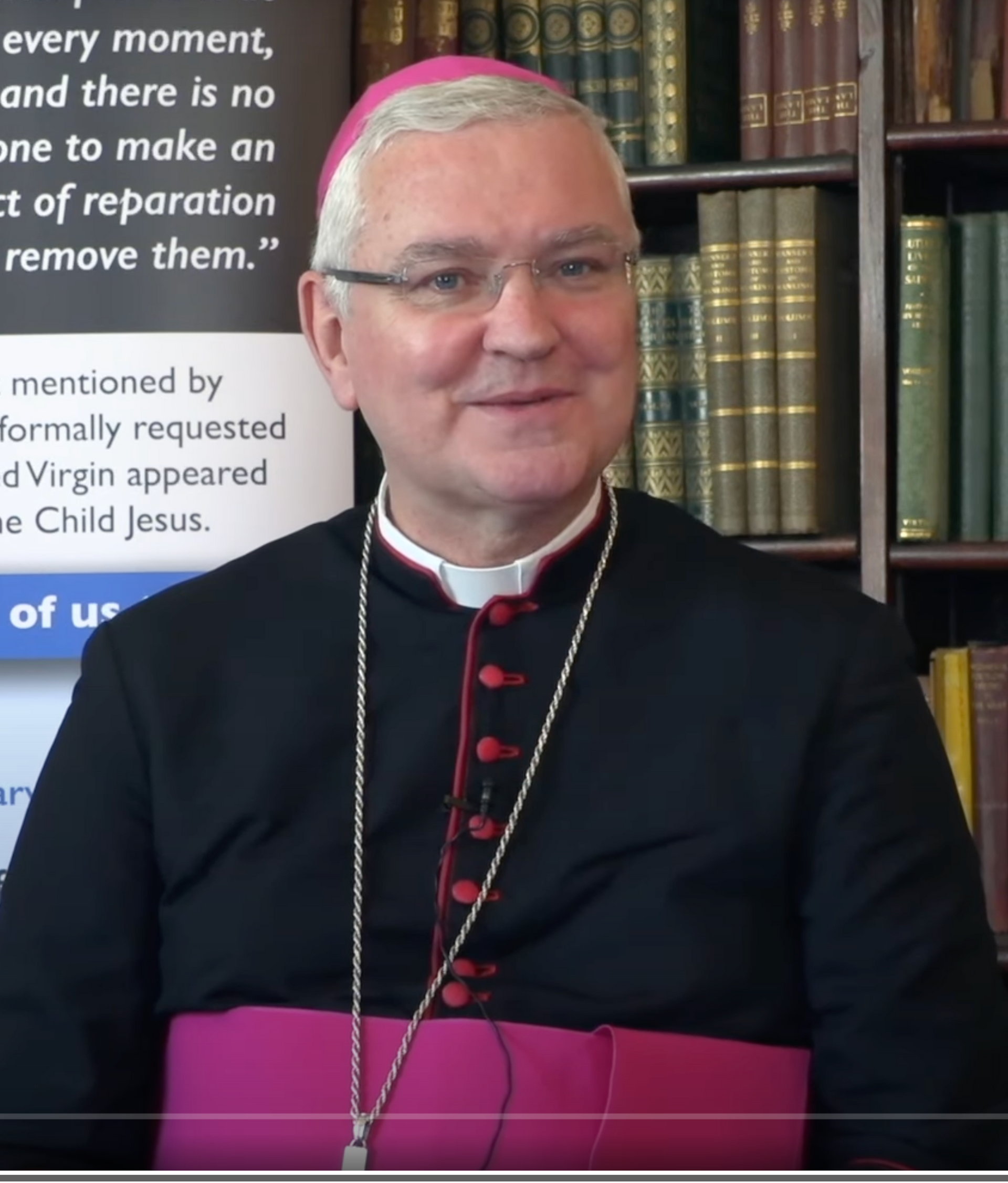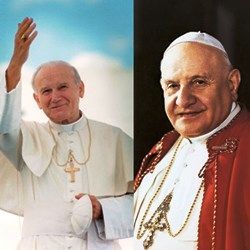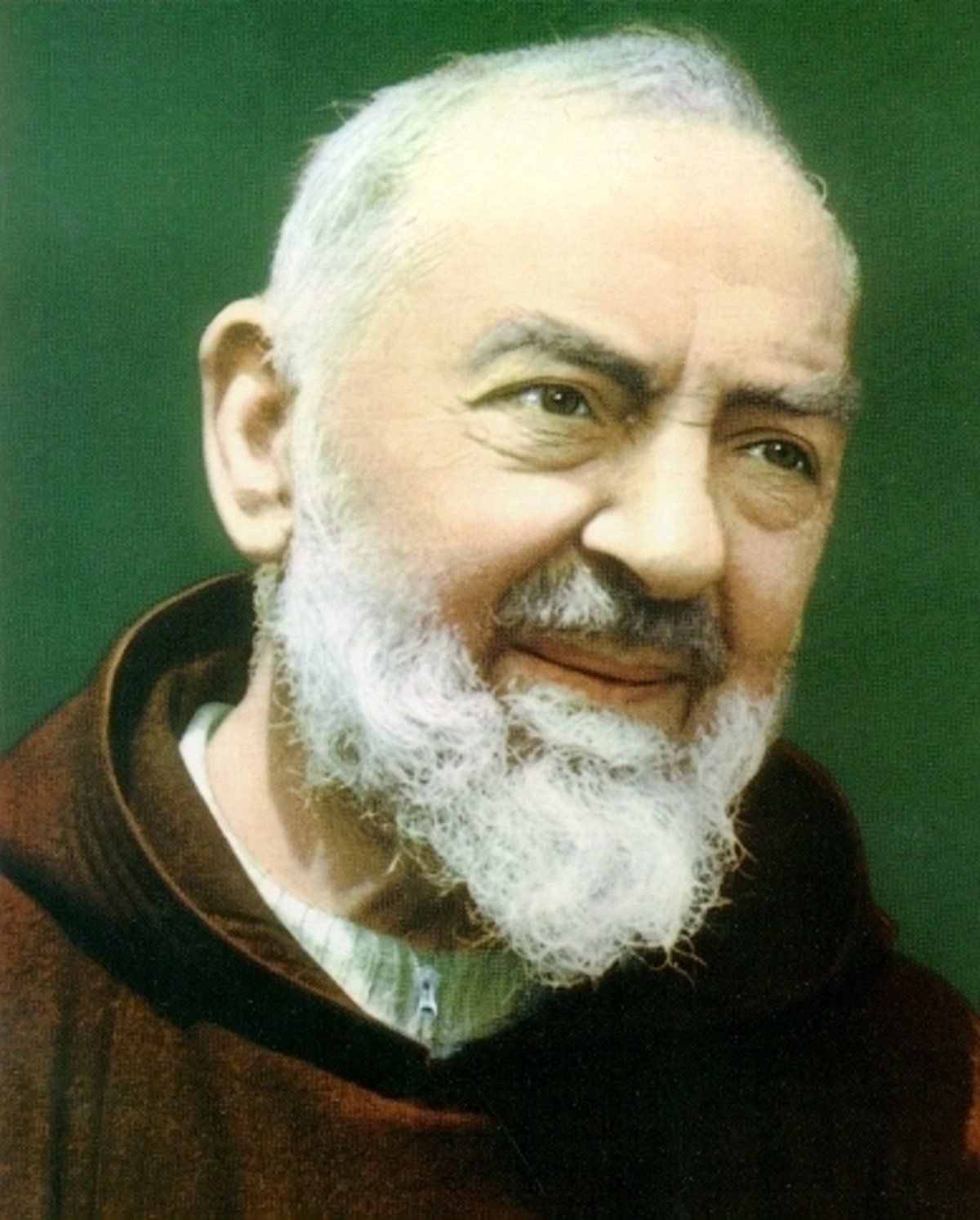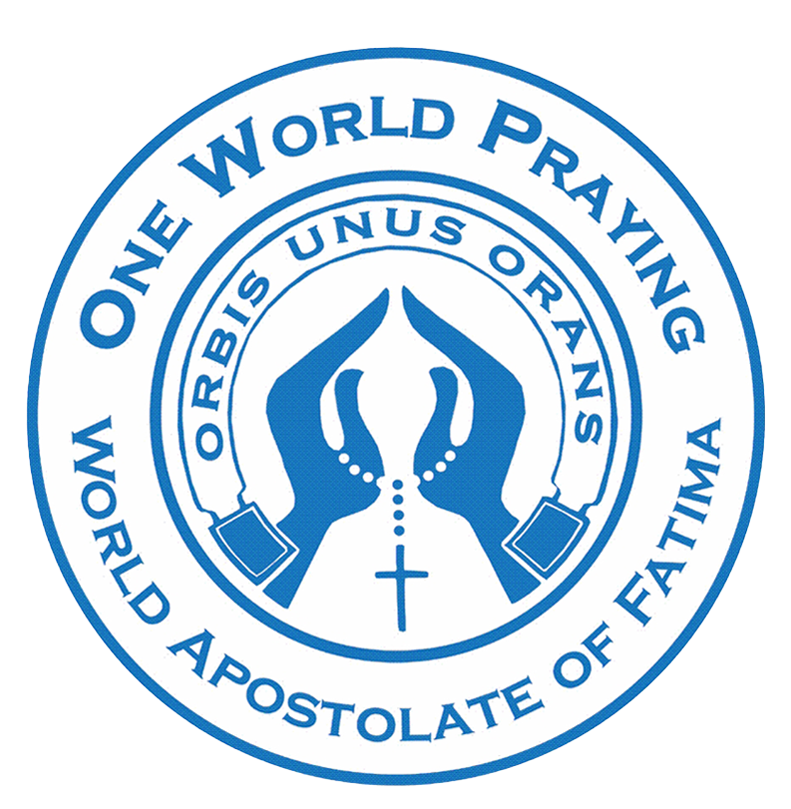The World Apostolate of Fatima England & Wales
OUR LADY OF FATIMA
An invitation from the Immaculate Heart of Mary. A way to happiness and peace through an enriching spiritual journey.


YOUR INVITATION - EMBRACING THE MESSAGE OF FATIMA
The Fatima Message is the Heaven-sent guidance to enable us to change our lives and the world around us
WAF (World Apostolate of Fatima) England and Wales is actively involved in promoting the profound message of Fatima through a series of Visitations to cathedrals and churches, showcasing the National Pilgrim Virgin Statue of Our Lady of Fatima, along with the revered Relics of Saints Jacinta and Francisco.
In order to embrace the Message of Fatima we need to live the devotion to Our Lady’s Immaculate Heart given to us at Fatima. We also need to fulfil her requests - to pray the Rosary daily for peace, and to practice the Five First Saturdays devotion of reparation. The fruits of these practices will help us to live a happier and more fulfilling Catholic life, and work for peace in the world.
2025 Five First Saturday Centenary Year - Find your nearest parish location
-
NEW MEMBERS
Join hereHelp us to spread the Fatima message
-
FATIMA YOUTH
Learn moreOur Lady's appeal to young people
-
FIRST FIVE SATURDAYS
Learn MoreFive First Saturdays Centenary
Find or start a parish group
-
ABOUT OUR WORK
England & WalesDiscover more about the World Apostolate of Fatima
-
OUR LATEST NEWS
Learn moreNews and updates about our work
-
MIRACLE OF THE SUN
Learn more70,000 people witnessed this extraordinary miracle
-
FATIMA TODAY
Learn moreThe New Errors of Russia
-
OUR VIRTUAL COMMUNITY
Connect HereReceive a warm welcome,
support and guidance
-
SAINTS AND SEERS
Learn moreThe Children of Fatima
FATIMA EVENTS
Celebrating the 2025 Fatima Jubilee Year
REGISTER FOR FATIMA NEWS AND UPDATES
How does our Mother, Mary, see us?
WITH A MOTHER'S GAZE
Our Lady is surely concerned by the alarming state of the world, a consequence of the systematic elimination of fundamental values that has lead to ongoing conflicts - and she is saddened by our lack of hope and purpose.
Mary came to Fatima to restore our hope, establish peace and guide us to the wonders for which God created us.
At Fatima on 13 June 1917, Our Lady said to the children:
“Jesus wants to use you to make Me known and loved. He wishes to establish the devotion to My Immaculate Heart throughout the world. I promise salvation to those who embrace it, and those souls will be loved by God like flowers placed by me to adorn His throne. … My Immaculate Heart will be your refuge and the way that will lead you to God.”'
'While the message of Our Lady of Fatima is a motherly one, it is also strong and decisive. It sounds severe...It invites to repentance. It gives a warning. It calls to prayer. It recommends the Rosary.'' (Pope St. Pope John Paul II)
MARY CAN CHANGE HISTORY
THROUGH FATIMA, HISTORY HAS BEEN CHANGED
The story and the message of Fatima demonstrates that our future can be changed for the better through Our Lady.
The Fatima message is the Heaven-sent guidance which is meant to change our lives and the world around us.
For more about the Fatima apparitions from May to October 1917:
The Miracle of the Sun
Witnessed by 70,000 people at the Cova da Iria
Fatima and the Popes
Popes since Pius XII have supported Fatima
Fatima and the Saints
Church Saints echo the message of Fatima.
Fatima and the Church
The message of Fatima is deeply embedded into Church life.
OUR LADY'S PLAN TO RESTORE HOPE AND ESTABLISH PEACE
A MESSAGE FOR THE CHURCH AND THE WORLD
Fatima represents a profound invitation to experience true happiness and inner peace. This invitation from Mary is a call for all of us to open our hearts and respond with faith and devotion to her requests.
Embracing Fatima's call means accepting Mary’s invitation to transform one’s life through prayer, reflection, and commitment to spiritual growth.
Our Lady showed the seers the way to heaven, and we too can attain happiness, peace and salvation by responding to the Message of Fatima.
“To know the message is to know the Gospel, to live the message is to live the Gospel. To accept the message is to accept Revelation as interpreted by the authentic Magisterium of the Church.
There is almost no article of the Faith of the Church which is not reaffirmed, explicitly or implicitly, in the message of Fatima, understanding this in its widest and deepest sense.”
The Fatima Message embodies a profound call to holiness, urging the faithful to embrace a new way of life marked by prayer, penance, and a deeper commitment to God.
This message is not only a means of individual transformation but also serves as a vital instrument in aiding the New Evangelisation, encouraging believers to spread the gospel in a modern context.
Furthermore, it wholeheartedly promotes devotion to Our Lady’s Immaculate Heart, inviting the faithful to seek her intercession and guidance as they follow the path of Mary and the Seers.
Join us on this exciting mission for our times.
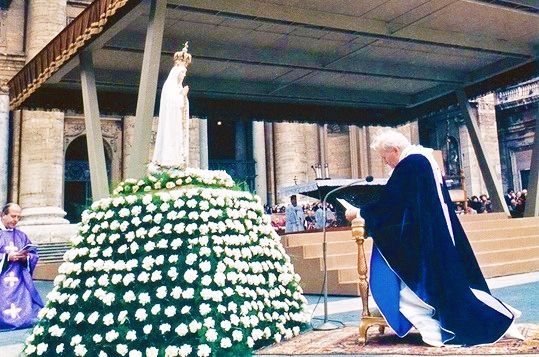
Pope John Paul II consecrated Russia to Our Lady's Immaculate Heart, 25 March 1984
WE ARE SEEKING VOLUNTEERS
Are you interested in dedicating your time and skills to a meaningful cause?
We invite new volunteers to join us in our mission and lend their support.

